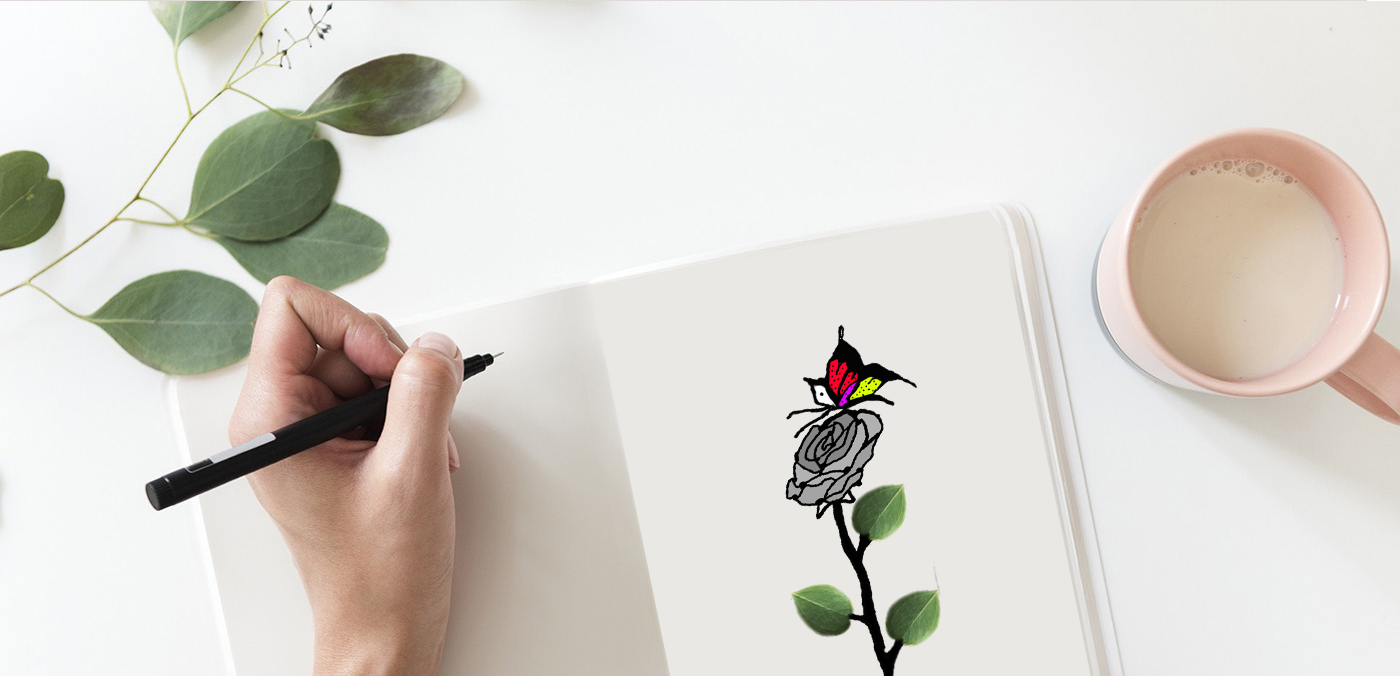Choosing the Right Flowers for Patient Well-Being
The act of giving flowers has long been associated with gestures of kindness and love; however, in the context of patient care, the choice of flowers extends far beyond mere aesthetics. The therapeutic impact of flowers on patient well-being has garnered attention from healthcare professionals and caregivers alike, recognizing that the right floral arrangements can play a significant role in emotional and psychological recovery. This article delves into the profound effects of flowers on patients and outlines key factors to consider when selecting blooms for emotional support in healthcare settings.
The Therapeutic Impact of Flowers on Patient Recovery
Research has increasingly shown that flowers can dramatically enhance the environment in which patients are healing. The presence of floral arrangements has been linked to reduced stress levels, improved mood, and even faster recovery times. In controlled studies, patients exposed to floral stimuli reported lower levels of anxiety and pain, suggesting that flowers can serve as a powerful, natural therapeutic tool. As such, integrating flowers into patient care is not merely decorative but rather a strategic choice that can foster a sense of well-being.
Moreover, flowers have a unique ability to evoke positive emotions and memories. The vibrant colors and fragrant scents can stimulate the senses, triggering feelings of happiness and nostalgia. In a hospital setting where patients may be grappling with fear and uncertainty, the introduction of flowers can create a more comforting and uplifting atmosphere. This emotional boost can contribute to improved compliance with treatment protocols, as patients who feel better emotionally are more likely to engage positively with their recovery process.
The psychological implications of floral arrangements extend beyond individual patient experiences; they also influence the overall environment of healthcare facilities. A hospital room adorned with flowers can enhance the ambiance, making it less clinical and more homely. This shift in perception can ease the tension associated with medical treatment and create a sense of normalcy, fostering an atmosphere conducive to healing. Thus, the therapeutic impact of flowers should not be underestimated as a vital component of patient recovery strategies.
Key Factors in Selecting Flowers for Emotional Support
When choosing flowers for patients, specific factors must be taken into account to maximize their emotional benefits. Firstly, fragrance plays a crucial role in the therapeutic effects of flowers. While pleasant scents can uplift and calm the psyche, overly strong or unpleasant odors can evoke discomfort or trigger allergies, especially in sensitive populations. Therefore, selecting flowers with mild fragrances, such as lavender or daisies, can provide the emotional support needed without overwhelming the patient’s senses.
Color psychology also plays a significant role in flower selection. Different colors evoke various emotions and responses; for instance, yellow flowers can inspire feelings of cheerfulness and happiness, while blue and green hues are associated with tranquility and peace. Understanding the emotional resonance of colors allows caregivers to choose floral arrangements that align with the psychological needs of the patients. For example, in a pediatric ward, bright and colorful arrangements can create an inviting atmosphere, while soothing, pastel-colored blooms may be more appropriate for geriatric patients who require a calming environment.
Additionally, cultural significance should not be overlooked when selecting flowers. Different cultures have unique associations with various flowers, which can influence their meanings and the emotions they evoke. For instance, chrysanthemums are symbols of death in some cultures, while in others, they represent life and joy. Being culturally sensitive not only ensures that the flowers chosen are appropriate but also demonstrates respect for the patient’s background, ultimately providing a more personalized and supportive experience.
In conclusion, the thoughtful selection of flowers can significantly enhance patient well-being, demonstrating the intersection of nature and healthcare. The therapeutic benefits of floral arrangements are evident in their ability to reduce stress, foster positive emotions, and create a comforting environment. By considering key factors such as fragrance, color psychology, and cultural significance, caregivers can ensure that their floral choices genuinely support patients in their recovery journeys. As healthcare continues to evolve, incorporating the simple yet profound beauty of flowers represents a holistic approach to healing that honors both the body and the mind.
